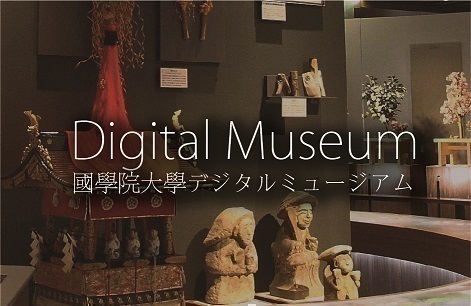- トップ
- Encyclopedia of Shinto
- Amenominakanushi
Encyclopedia of Shinto
| Main Menu: | |
| Links: |
詳細表示 (Complete Article)
| カテゴリー1: | 2. Kami (Deities) |
|---|---|
| カテゴリー2: | Kami in Classic Texts |
| Title | Amenominakanushi |
| Text | [Ame no minakanushi no kami] (Kojiki) Other names: Ame no minakanushi no mikoto(Nihongi) According to certain of the myths relating the unfolding of heaven and earth, Amenominakanushi was the first kami to come into being in the Plain of Heaven as a "solitary kami" (hitorigami), and to hide his presence. Also counted as one of the zōka sanshin ("three kami of creation") and one of the five kotoamatsukami ("separate heavenly deities"). Amenominakanushi is found at the very beginning of Kojiki, while only appearing in an alternate version within the fourth "alternate writing" quoted in Nihongi. No mention is made of this kami's activities, and he was not worshiped at any known ancient shrines, with the result that he is considered by some as a kami of abstract character and produced under the influence of Chinese thought. Kogo shūi states that Takamimusuhi, Kamimusuhi, and Tsuhayamusuhi no kami were all offspring of Amenominakanushi, while Shoku nihongi claims that he was ancestral kami of the Nakatomi clan, and fragmentary records of the Ise no kuni fudoki state that his twelfth-generation descendant was Amenohiwake no mikoto; Shinsen shōjiroku likewise claims him as one of the ancestral deities of certain naturalized clans. Until the medieval era, Nihongi was considered preeminent to Kojiki, and reference to Amenominakanushi was solely in terms of his role as one of the primeval kami. As students of National Learning (Kokugaku) began to place greater emphasis on Kojiki, however, Amenominakanushi came to be more widely appreciated, and his significance was reevaluated. Hirata Atsutane, in particular, propounded a theology wherein Amenominakanushi was chief kami of the seven major stars of the constellation Ursa Major. As a result of this influence, Amenominakanushi was made a central deity at the Daikyōin in the early Meiji period, and he was worshiped within sectarian Shinto (kyōha Shintō ) as well. During the process of separation of Shinto and Buddhist objects of worship (see shinbutsu bunri), the deity Myōken (the north star) was changed to Amenominakanushi at many shrines. -Mori Mizue |




